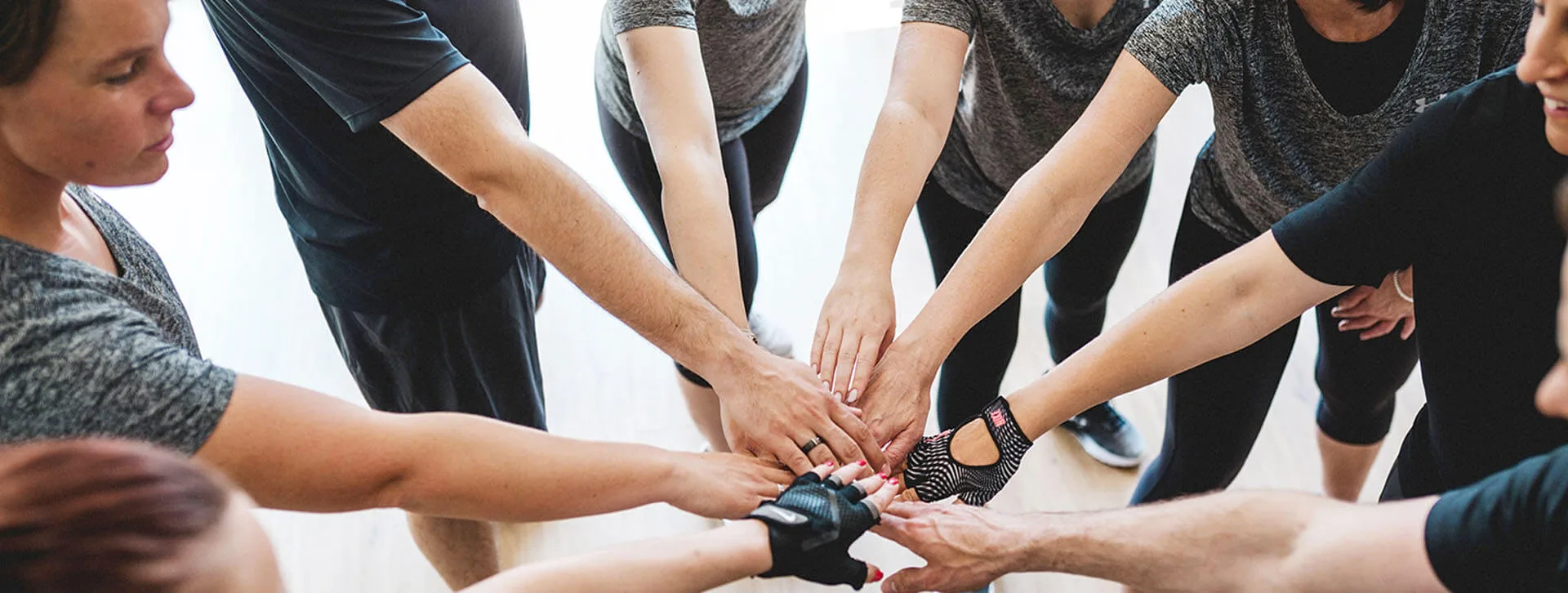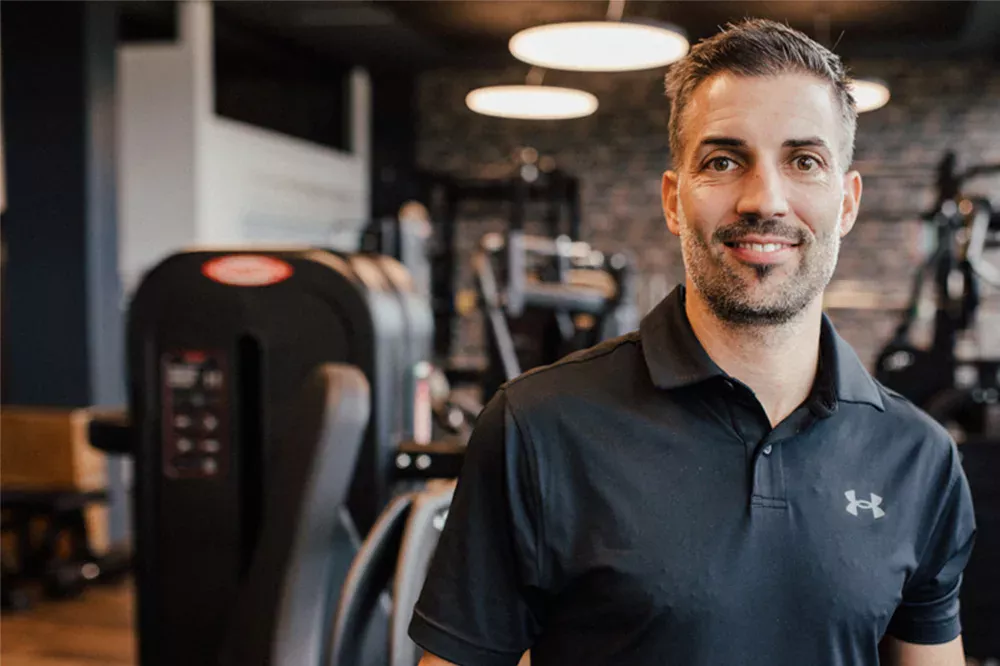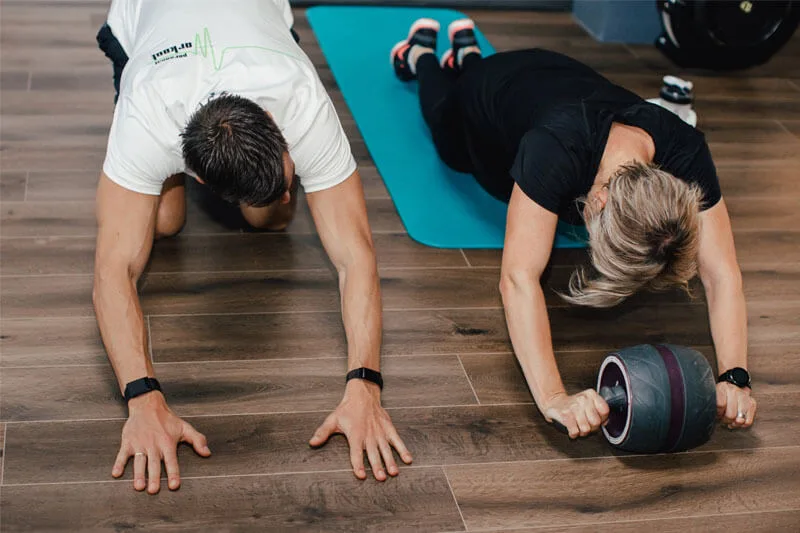ICE BATHING – EFFECTS AND PROS AND CONS FOR HEALTH AND PERFORMANCE
When done correctly, targeted exposure to cold, such as ice bathing, can have positive effects on the health of the mind, brain and body. Here are some of the benefits and proper use of cold. By Olivier Jäggi.
ICE BATHS, COLD SHOWERS or CRYOTHERAPY
Most studies consider ice baths or immersion in cold water up to the neck. Cryotherapy is very expensive, more difficult to access and not subject to many different protocols, so it is not considered here.
How long and how often should I ice bathe?
One of the most common questions is about the temperature of the water. It is impossible to give an exact answer, as everyone has a different tolerance to cold. The most important thing is to aim for a temperature that makes you think: “This is really cold (!) and I want to get out, BUT I can stay in”. For some people this temperature may be 15°C, for others 4-7°C. Here’s the key: the colder the stimulus (immersion in water, showers, etc.), the shorter the time you need to be exposed to the cold.
A solid and scientifically proven cold exposure protocol is to expose yourself to cold for a total of 11 minutes per week. Not in one session, but in several sessions throughout the week, each lasting 1-5 minutes. The water temperature should be uncomfortably cold, but tolerable for a few minutes.
If you want to increase your resistance to cold, move your limbs. When you are completely still in cold water, a layer of warmth surrounds your body and “insulates” it from the cold. Movement breaks up this layer of warmth and makes the water feel (much) colder. This is also a good way to increase the effect of a cold stimulus without having to make the water colder. This is similar to slowing down the movement in weightlifting to reduce acceleration and put more tension on the working muscles.
Advantages and benefits of cold exposure LIKE ICE BATHING
- Increased energy and focus
The deliberate application of cold leads to a significant release of epinephrine (adrenaline) and norepinephrine (noradrenaline). These neurochemicals make us feel awake and “alert. The cold also keeps these levels elevated for some time, resulting in a sustained increase in focus and energy.
- Cold exposure has an anti-inflammatory effect
In addition to endorphins, ice bathing releases corticoids. These relieve both acute and chronic inflammation in the body. Regular exposure to cold water can also be seen as a preventive measure against diseases caused by long-term inflammation.
- Building resilience and endurance
By making a conscious decision to confront the stress of the cold against the reflexive impulses from deeper brain centers, you are exercising what is known as ‘top-down control. The prefrontal cortex – an area of the brain involved in planning and suppressing impulsivity – is involved in this top-down control process. This top-down control is the basis for building resilience and perseverance. Importantly, this ability is also transferable to situations outside of conscious cold exposure, allowing you to better cope with pressure and maintain a calm, clear mind in the face of everyday stressors.
- Mood improvement and energy boost
Conscious exposure to cold leads to a prolonged release of dopamine. Dopamine is a powerful molecule that elevates mood, improves focus, attention and goal-directed behavior. Even a brief exposure to cold can result in a sustained increase in dopamine levels and a lasting improvement in mood, energy and concentration.
In addition, extreme cold causes blood vessels to constrict. The body begins to pump blood toward the organs to protect them. This stimulates circulation. This generates heat, which floods your entire body shortly after bathing in ice water. At the same time, the change in temperature wakes up any tired spirits and provides the quickest energy boost! So, an ice bath or shower right after waking up or before your workout is perfect!
- Boost your metabolism
In the short term, exposure to cold, such as ice bathing, increases metabolism because the body must burn calories to raise core body temperature. The total calories burned from exposure to cold is not very high. The conversion of white fat (energy stores) to beige or brown fat (which are metabolically active) can make you more comfortable in the cold (cold adaptation) and trigger further and sustained increases in metabolism. In addition, brown fat cells respond to the frigid stimulus and begin to burn more glucose and fat. This keeps your metabolism running at full speed after the ice bath and can also help you lose weight.
- Physical recovery
A meta-analysis of the effects of cold immersion on recovery found that cold exposure can be a very effective means of recovery after high-intensity exercise or endurance training. Cold water immersion with short intervals (< 5 minutes) has been shown to have a positive effect on muscle strength, perceived recovery and reduction of muscle soreness.
The problem is that cold water immersion in ice baths (but not cold showers) may limit some of the gains in hypertrophy (muscle growth), strength or endurance if done in the first 4 hours after exercise. It is better to wait 6 to 8 hours or more after exercise or cold showering before training, unless the goal is simply to recover without adaptation/improvement (e.g., if you are in competition mode and don’t need/want to get better or stronger).
A small side note on timing: after exposure to cold, the body warms up. A rise in body temperature tends to make us alert, while a drop in body temperature tends to make us sleepy. It is therefore advisable to expose yourself to the cold early in the day and not too close to bedtime.
- Ice bathing boosts the immune system
This is exactly why people have sworn by the ice-cold pleasure for centuries. Ice bathing boosts the immune system and, according to a study of more than 3,000 people, makes you less likely to get sick. But this only works if you do it regularly. No matter what exercise you do, in order to improve – and in this case strengthen – your immune system, you need regular stimulation so that adaptation can take place.
CONCLUSION
The data is clear: cold reduces inflammation, strengthens the immune system, trains the cardiovascular system, converts (bad) white fat into (good) beige fat, has a stimulating effect on the mitochondria, and lifts the mood. All in all, it is almost a cure-all for everyday aches and pains, and it also trains you to be more relaxed when dealing with stress.
Before and during training and competition, cold can have a performance-enhancing effect, as adrenaline is released; after training, prolonged exposure to cold is not a good idea, as it suppresses muscle growth, and just before going to bed, the noradrenaline released can interfere with sleep. In both cases, however, “the dose makes the poison” and a short cool-down is always a good idea (especially in the form of a short cold shower).
Do you want professional and, above all, practical support to stay fit and healthy? Then you’ve come to the right place. The personal trainers at Personalworkout will help you finally achieve your goal, with a success guarantee.
SOURCES
- The Effect of Cold Showering on Health and Work: A Randomized Controlled Trial | PLOS ONE
- IJERPH | Free Full-Text | Cold Water Swimming—Benefits and Risks: A Narrative Review (mdpi.com)
- Winter swimming improves general well-being: International Journal of Circumpolar Health: Vol 63, No 2 (tandfonline.com)
- Immune system of cold-exposed and cold-adapted humans – PubMed (nih.gov)
- Examining the benefits of cold exposure as a therapeutic strategy for obesity and type 2 diabetes – PubMed (nih.gov)
- Impact of Cold-Water Immersion Compared with Passive Recovery Following a Single Bout of Strenuous Exercise on Athletic Performance in Physically Active Participants: A Systematic Review with Meta-analysis and Meta-regression – PubMed (nih.gov)
- Health effects of voluntary exposure to cold water – a continuing subject of debate – PubMed (nih.gov)
- “Brain over body”-A study on the willful regulation of autonomic function during cold exposure – PubMed (nih.gov)
Challenge of the Month
What Clients Say





















